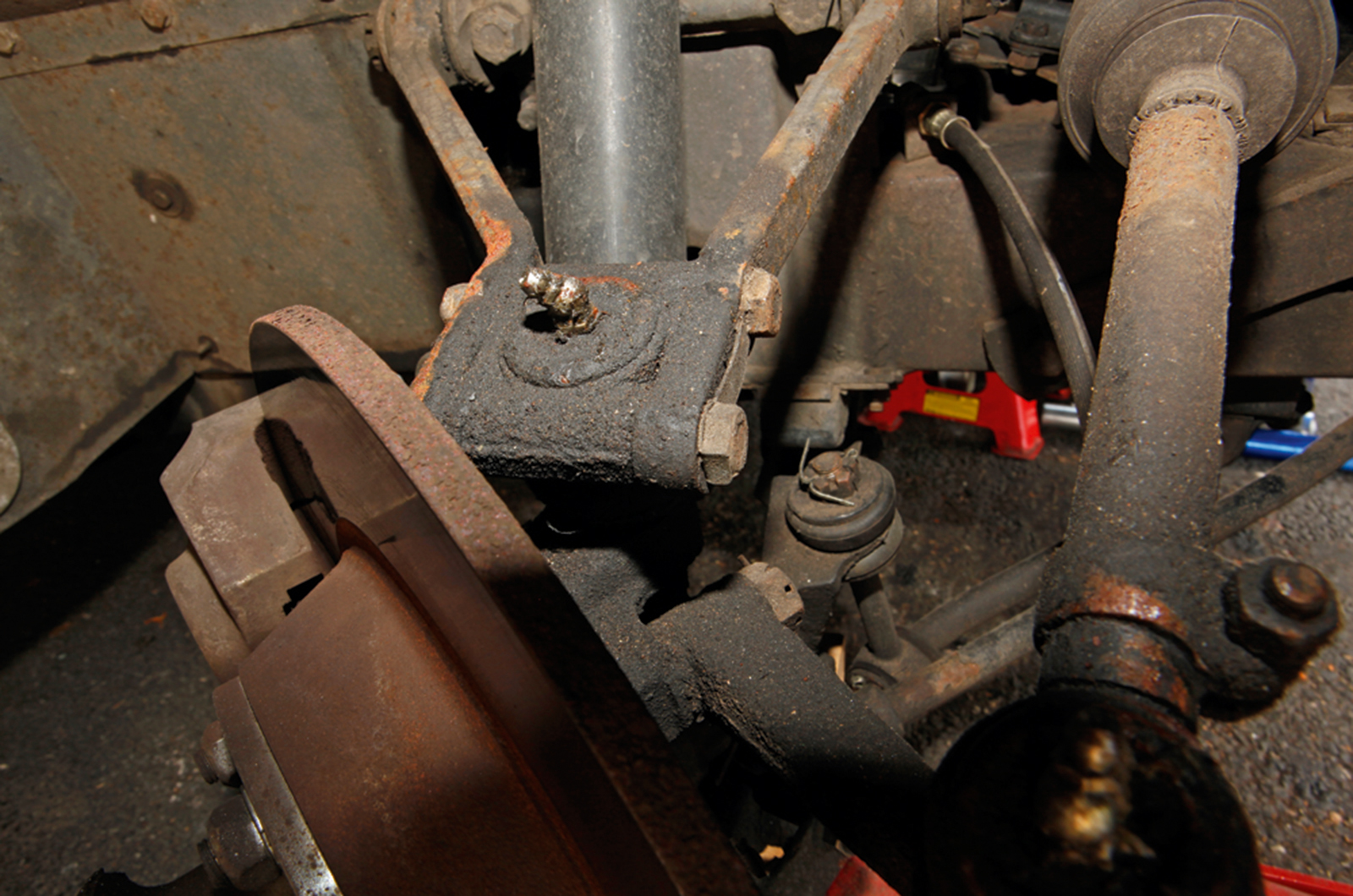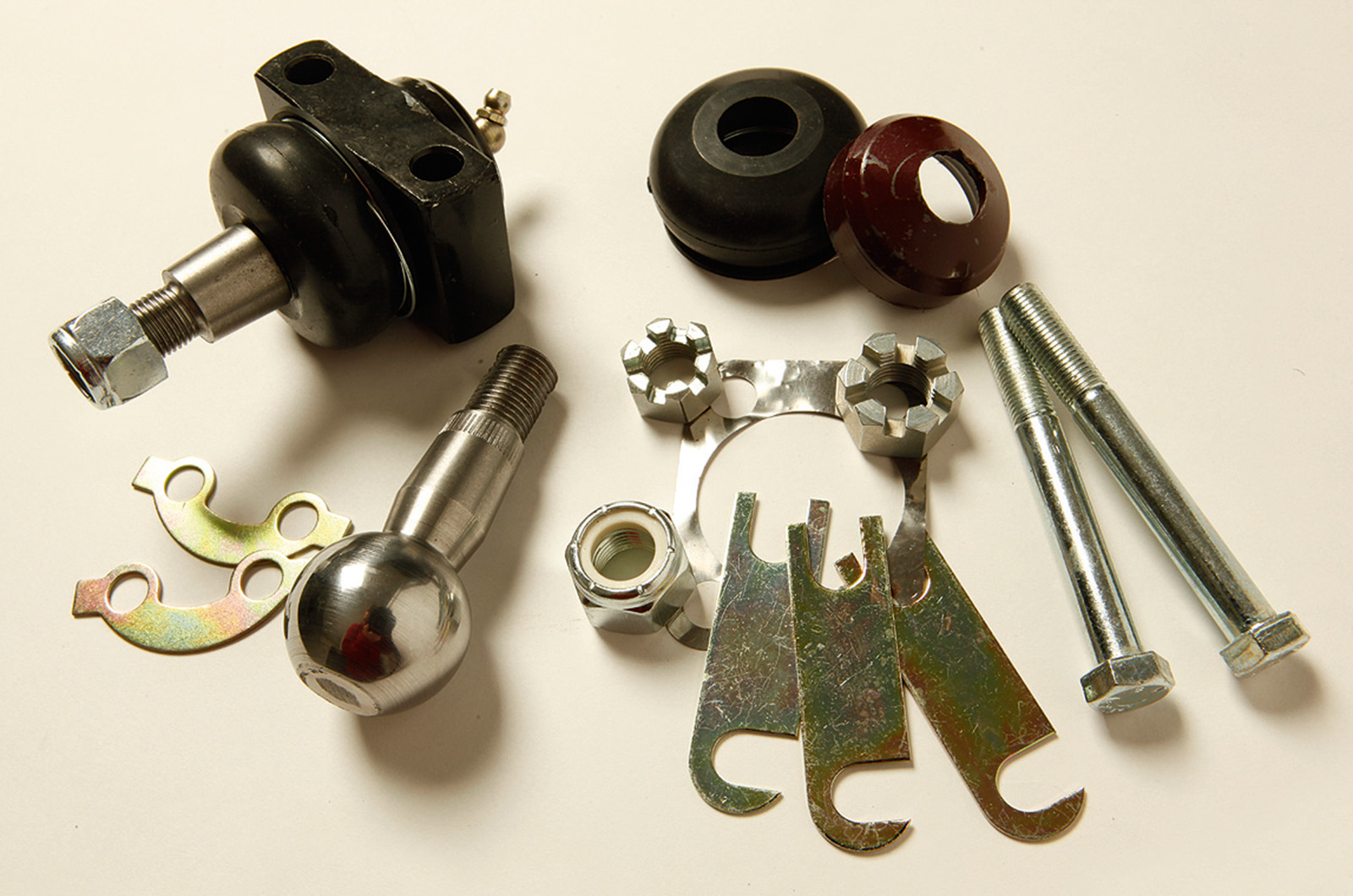
Balljoints are a key component in the independent front suspension of classics that don’t use the simple – but high-maintenance – kingpin arrangement inherited from beam-axle designs.
A balljoint allows the stub-axle to move up and down and turn, while keeping the tyre tread in the same plane as the tarmac.
Although tough, balljoints will eventually require replacement or wear – and resultant play – will lead to incorrect geometry, reduced tyre life and poor handling.
Worn joints also put undue stress on other areas of the suspension, and excessive play will result in an MoT failure.
Suspension components can be heavy and difficult to remove and re-assemble. Their location also means that they take a hammering from road grime and salt, which can seize bolts.
Use penetrating oil to free them rather than heat, which can damage tempered items and potentially set light to any grease.
You’ll need to compress coil springs to access joints, although if your car has torsion bars you may be able to get at the top one without relieving the bar. If the suspension hasn’t been apart before, wear a mask because stripping may release asbestos-rich brake dust.
STEP 1: PLAN DISASSEMBLY

Take time to understand what and how you’re going to dismantle before diving in.



